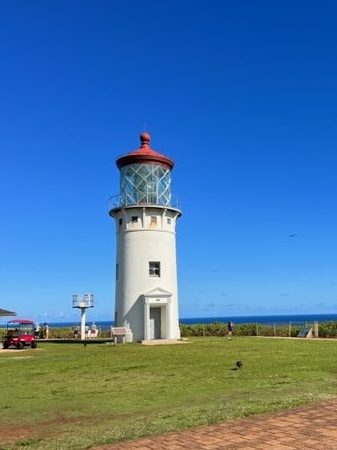
I find it interesting that a functional structure, like a lighthouse, has such a siren call that many people flock to it. Whether you want to attribute it to the isolated lifestyle of a lighthouse keeper or Hallmark Christmas movies, they are both literally and metaphorically a guiding light, or for any number of other reasons, something about them evokes a fascination in people. The structures are generally pretty simple: a large tower elevating light. The lights were originally lit with some form of oil, requiring a lighthouse keeper on site to supply the oil, keep the flame lit, and operate the pulley system. It is a challenging and now obsolete job that has become a romantic daydream for many in today’s modern hustle-and-bustle lifestyle.
Lighthouses have several primary purposes, including marking dangerous coastlines, hazardous reefs, and rocks and illuminating safe entries to harbors. Using a lighthouse to show the way is not new; the oldest known lighthouse dates back to 284 BC. In the 18th century, lighthouse construction increased in response to the increase of commerce, so there are many you can visit. It’s a topic that you can really delve into – but that’s not the main topic of this post!
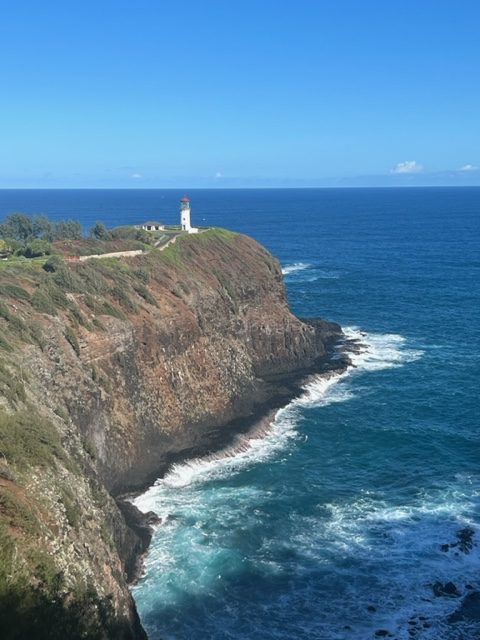
Those windswept cliffs overlook the harsh, unforgiving seas in which the lighthouses serve and tend to be an ideal place for seabird breeding colonies. There are several well-known spots, including Yaquina Head Outstanding Natural Area (Newport, Oregon), RSPB Rathlin West Light Seabird Centre (Rathlin Island, Northern Ireland), and Cedar Key Light (Cedar Key, Florida). One of the most beautiful and scenic locations for both seabirds and a lighthouse is K?lauea Point National Wildlife Refuge on the northernmost point of the main Hawaiian Islands on Kauai, standing at the edge of a 180-foot bluff.
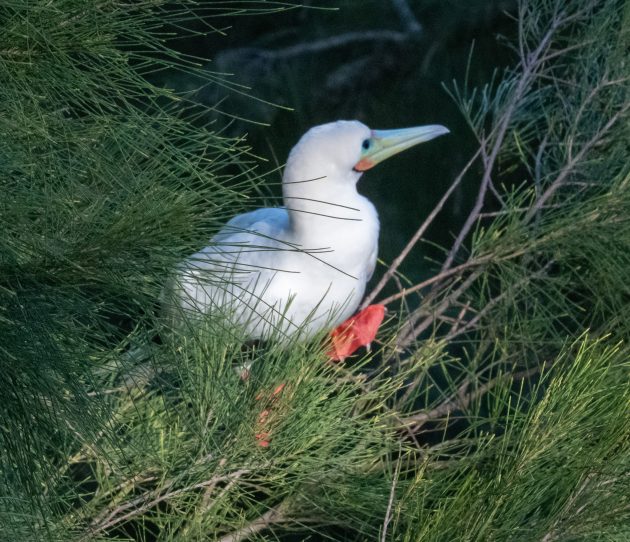
The good birding starts before you ever even enter the refuge. An outside parking area allows you access to view Red-footed Boobies perched on trees and rocky slopes with their namesake feet on full display. Most booby species nest on the ground, except for the Red-footed Boobies that nest in trees which provides some protection from predators. The cliffs plunge towards the surf and offer a dramatic view of the ruggedness of Hawaii’s coast. Great Frigatebirds fly effortlessly overhead. Although I love these birds, they look like harbingers of doom with their long, jagged bodies. A few White-tailed Tropicbirds also soar along the water between the cliffs.
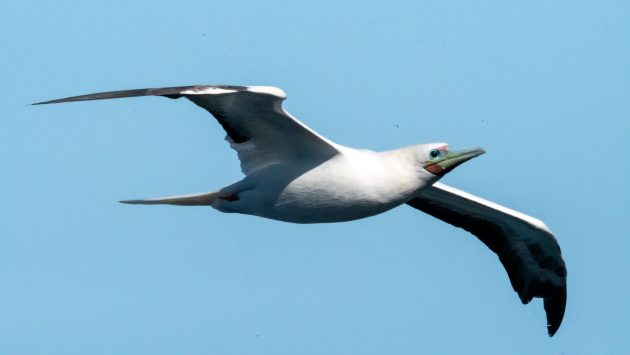
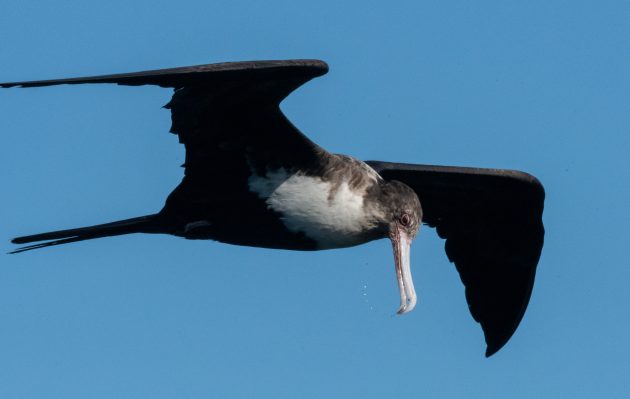
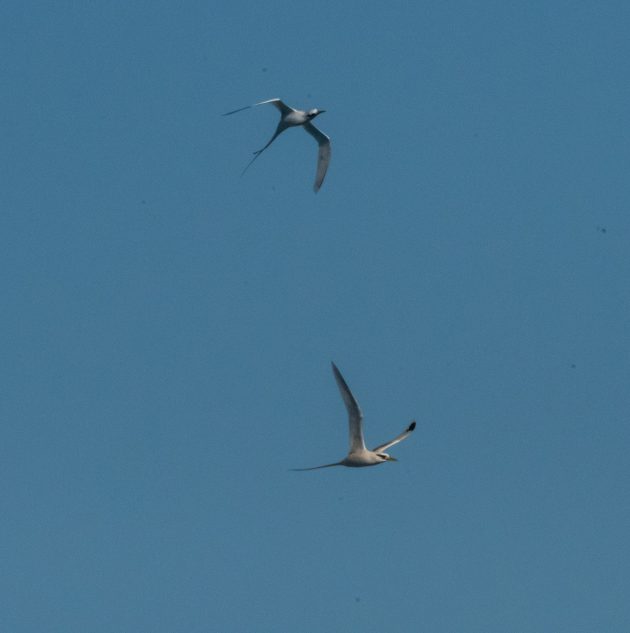
The road into the park is steep and narrow, and as we had reservations for the first time slot in the morning, it took quite some time to get to the parking, as they checked us in car by car. Upon parking and getting out of the car, we headed to that beacon of a lighthouse.
You walk down a narrow path with raised dirt sides to reach the headland. Most visitors will probably overlook the holes dug into the dirt along the side of the path, but birders will likely know that these are breeding burrows of Wedge-tailed Shearwaters. The largest of the tropical shearwaters, adults tend to their chicks at night, but if you visit at the right time of year, you may see non-breeding birds at the surface.
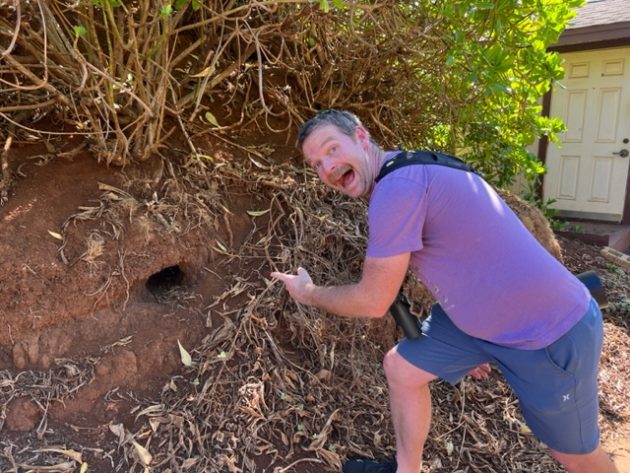
Once you are through that shearwater tunnel, you will arrive at the visitor’s center with bathroom facilities, the Friends of K?lauea Point NWR store, and educational displays. The back deck overlooks the coolest part of the refuge – the Laysan Albatross colony. The albatross are on the hillside a few hundred feet away, so many will not notice them. But if you have brought your binoculars and a spotting scope, you could be in for an incredible sight. When we visited in early December, albatross couples were dancing and calling under trees – my first time seeing albatross from land, not while on a rocking boat! Laysan Albatross spend most of their life at sea, only coming to land to breed. They have high site fidelity and will typically return to the same spot to nest, which makes it extremely important to protect sites like these. This is a safe location for them to nest as predator-proof fencing surrounds the refuge, which was installed due to poor success rates of the albatross caused by feral cat, pig, and owl predation.
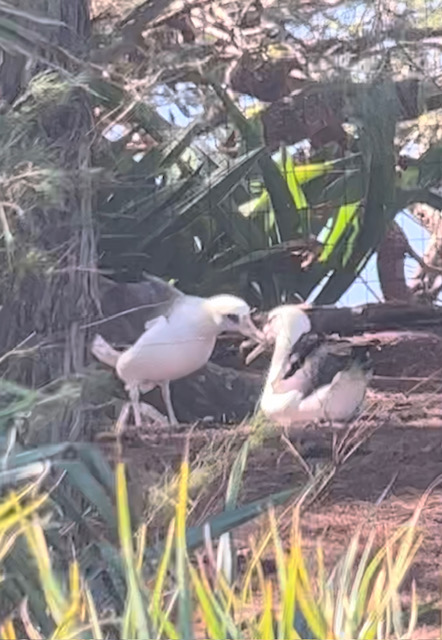
From the visitor’s center, the path will lead to the lighthouse and the end of the headland. Hawaiian Goose, N?n?, can be easily seen grazing on the neatly trimmed lawn, and invasive doves, Zebra and Spotted, plod along, avoiding tourists’ feet. Just north of the lighthouse, the rocky cliffs drop into the mighty Pacific Ocean, and besides another small island just offshore, your view of the ocean and sky is unobstructed. A spotting scope can help you get views of shearwaters and albatross riding the waves and foraging for prey. Tropicbirds, boobies, and frigatebirds soar overhead, enjoying the strong winds.
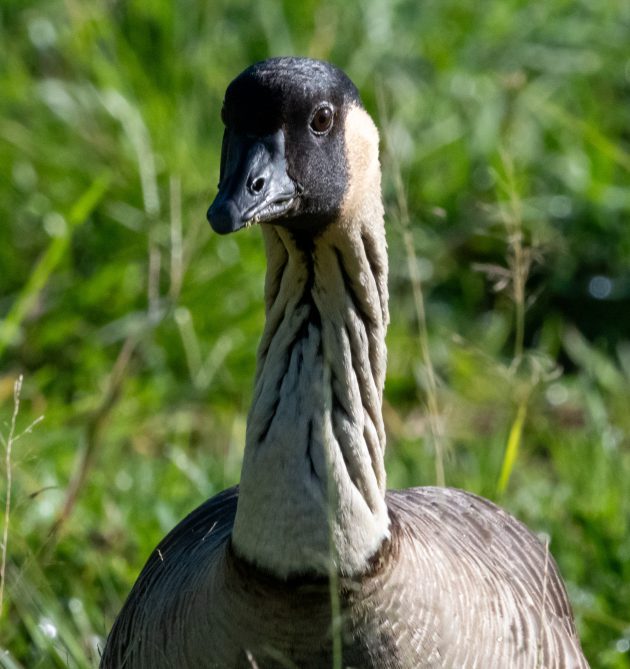
The lighthouse behind you is a beautiful example of a classic lighthouse. Standing 52 feet tall, it was first lit in 1913 and deactivated in 1976. It serves as a beacon to attract visitors to this beautiful place and, inadvertently, to welcome seabirds to their breeding grounds each year. K?lauea Point NWR is a very popular location for tourists. Make a reservation when you plan to visit so rangers won’t turn you away for not having a ticket!






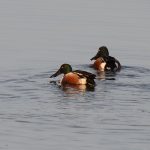
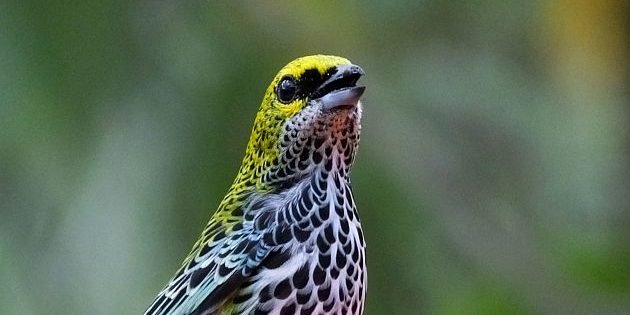
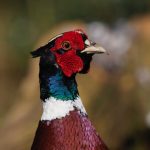
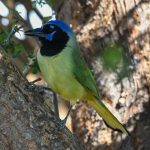
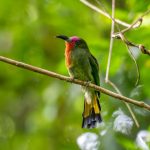

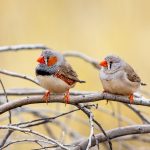
Leave a Comment